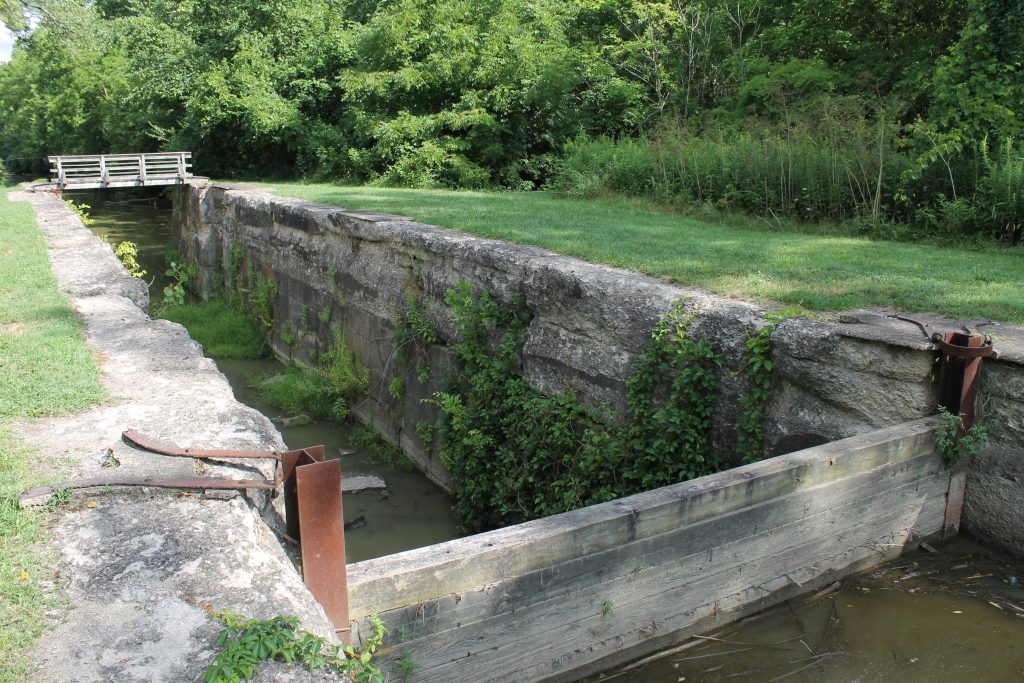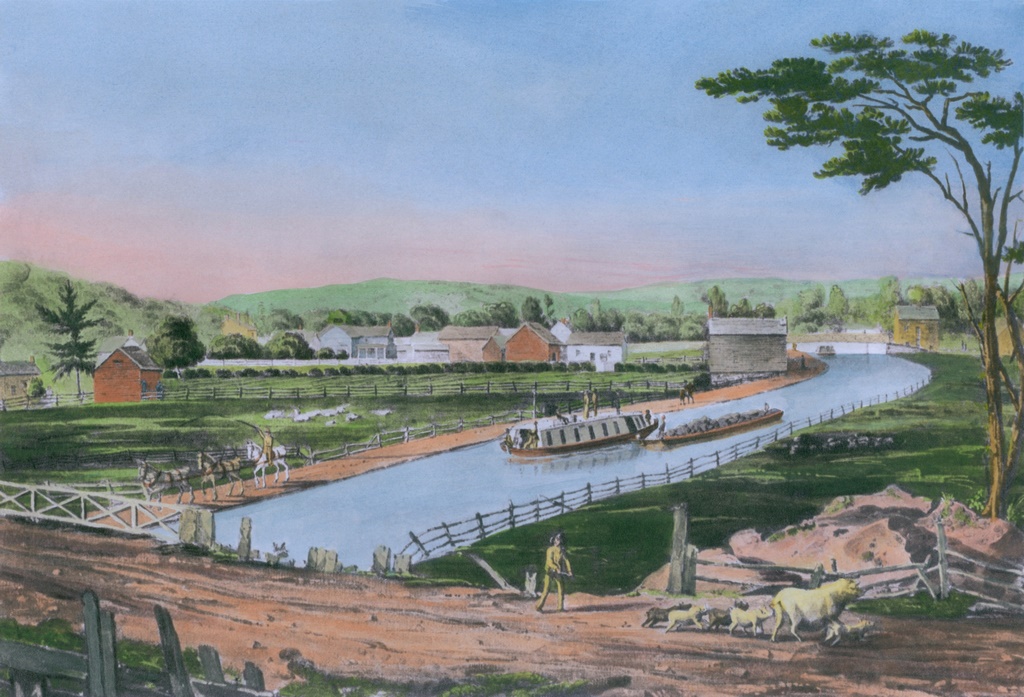The Canal that Built a Nation


As we celebrate our nation’s independence, here’s an inspiring look at one of the most transforming examples of ingenuity in U.S. history – the Erie Canal. Connecting eastern cities and ports with the Great Lakes, the Erie Canal gave rise to an economic surge and geographic integration that propelled westward expansion.
By Eric Herman
It was an historic public-infrastructure investment, one that yielded incalculable returns for well more than a century and in many ways transformed the U.S. The original Erie Canal cost more than $7 million and eight years (1817-1825) to construct, an unparalleled engineering achievement in the era preceding the Industrial Revolution.
The effort was led by a former U.S. Senator and New York City Mayor, DeWitt Clinton (the canal was nicknamed Clinton’s Ditch) who oversaw its original surveys and would spearhead the campaign to make the canal a reality. Clinton had a vision that would exceed even the grandest expectations.
When first constructed, a process that would go through multiple expansions and iterations stretching into the mid 20th century, the canal was only an average of four feet deep and 40 feet wide. It cut through farms, forests, crossed rivers via aqueduct and rose more 583 feet using 83 gravity-fed locks along its 363-mile original course from Buffalo to Albany. It connected more than 200 cities along the way, creating the nation’s first public transportation corridor.
Boats and barges were initially limited to vessels that only drew 20 inches of water, which would change as the canal was expanded and rebuilt. The original design included a towpath along the side of the canal where horses or mules would pull boats and barges along the canal. The horse drivers, called “hoggees”, became famous for their colorful and constant use of profanity.

Although the engineering and construction methods were borrowed from earlier canals in Europe and elsewhere, the scale and impact of what is more broadly known as the New York Canal System, was an achievement of unprecedented scale. The canal corridor would grow to contain 40% of New York’s fresh water and grow to nearly 600 miles of interconnected waterways.
At the time, it was the largest public projects in U.S. history and served as a birthing and proving ground for civil engineering methods that have been applied for nearly 200 years. Largely built by Irish immigrants and native U.S. laborers, the canal was dug mostly by hand and by blasting, chipping and drilling through rocks, soil and even quick sand. Builders created a type of hydraulic cement that would set up underwater, along with a host of tools used to uproot trees and other obstacles.
The canal’s construction unfolded in two primary phases, construction of a raised embankment that would contain the canal trough, and carving and lining the trough itself. The trough would be lined with a three-inch layer of blue clay and square log piles.
Before the canal was built, it took two weeks to travel from Albany to Buffalo by stage coach. That time was cut to five days traveling on the canal. The cost of shipping dropped a whopping 90 percent. All at once, shipping produce, lumber and manufactured goods from the Midwest to New York City’s port opened up overseas markets as well as the burgeoning cities of the East Coast. Going the other way, restaurants in Chicago began serving fresh fish and oysters from New England, just one of many similar examples.
Historians believe that this single development directly led to NYC becoming the leading port in North America, as well as the nation’s largest city and economic center. Conversely, the canal opened up settlement and development of the American west, prompting the moniker, “The Mother of Cities.”

Within its first 10 years, the Erie Canal’s tolls more than covered the initial cost of construction. It’s smashing success as a public investment led to the construction of numerous canals throughout the U.S., although none would prove as wildly successful as the Erie Canal.
Since it opened in 1825, the canal system has undergone three major expansions.The NYS Canal System links the Hudson River with Lake Champlain, Lake Ontario, and Lake Erie via the Niagara River, allowing boaters to travel from the Atlantic Ocean to the Great Lakes.
Today the Erie Canal is used almost entirely for recreational purposes, replaced by railroads and the St. Lawrence River. In 2000, The U.S. Congress recognized the Erie Canal’s historic impact by establishing the Erie Canalway National Heritage Corridor.
Much of the above text was on the book, “The Artificial River: the Erie Canal and the Paradox of Progress,” by Carol Sheriff.
Opening photo courtesy of Hearth and Home | Shutterstock, lower photo by off road king | Shutterstock. Final image courtesy of the Everett Collection | Shutterstock










